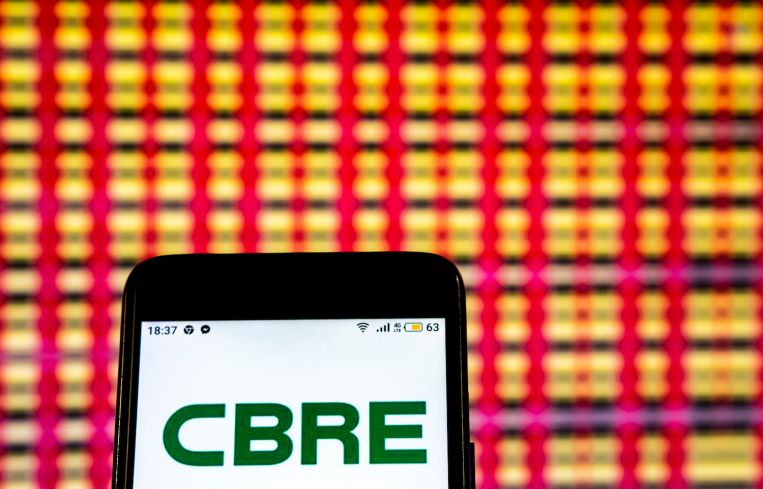CRE Originations Decline More Than 50 Percent in First Quarter 2023
New data from CBRE shows the impact of higher interest rates on the lending universe
By Brian Pascus May 16, 2023 11:10 am
reprints
Commercial real estate lending has tightened up significantly over the past year with no group of clients feeling more pain than alternative lenders, according to new data from CBRE.
The global real estate firm’s “Lending Momentum Index,” which tracks the pace of CBRE-originated loan closings across the United States, declined by a whopping 33 percent quarter-over-quarter and is down nearly 54 percent year-over-year.
Total originations and loan closings fell substantially from first quarter 2022 to first quarter 2023, dropped from a value of more than 500 in March 2022 to just above 200 in March 2023, according to the firm’s Lending Momentum Index, which has a base value of 100.
CBRE economists blamed the lower first quarter lending activity in 2023 on banking system stress and the increased instability of financial markets. Rachel Vinson, president of debt & structured finance, U.S. for capital markets at CBRE, also took aim at the Federal Reserve, whose decision to pursue interest rate hikes to reduce inflation, “continued to heightened market uncertainty through the first quarter,” Vinson said.
“While plenty of debt capital remains available, increased borrowing costs coupled with credit tightening continues to put downward pressure on lending activity,” Vinson said in a statement. “Borrowers will continue to opt for shorter-term, fixed-rate debt with shortened call protection until volatility begins to normalize.”
The economic upheaval of the opening months of 2023 translated into a decline of lending volumes for debt funds and life companies year-over-year, according to non-agency origination volumes specific to CBRE clients. While the firm couldn’t provide a total capital number applicable to firm-wide origination volume, Vinson said, “the idea is, given our size, generally speaking, it’s usually a good barometer of the entire market.”
Life companies origination volumes fell to 23 percent in the first quarter, slightly down from their 25 percent total in the first quarter of 2022, according to CBRE.
But the biggest decline in origination volumes befell alternative lenders, or debt funds, who watched their origination volume in the first quarter of 2023 fall to 20 percent of total market volume, a drop from more than 40 percent of total origination volumes in the first quarter of 2022.
Banks were also hurt by the downturn: The banking system accounted for 41 percent of the non-agency loan volume in the first quarter of 2023, a 17 percent decline from its fourth quarter of 2022 volume, when banking non-agency loan ratio accounted for 58 percent of all market originations.
The U.S. banking sector was rocked by the second, third, and fourth largest failures in American history in the first four months of 2023 when Silicon Valley Bank, Signature Bank, and First Republic Bank all collapsed.
CBRE said in the report that “despite notable failures” in the banking sector, “a diverse set of smaller, local and regional banks, as well as credit unions” helped drive the overall origination volume among banks in the first quarter of 2023, with more than one-third of all CRE loans pertaining to construction projects and the remainder split between acquisitions and financings.
Treasury yield data also revealed how borrower behavior has turned more conservative in this unfriendly economic environment.
During first quarter 2023, the yield, or interest rate, on the short-term, two-year Treasury bonds exceeded 10-year Treasury bonds by 100 basis points, according to CBRE, indicating that investors saw more risk in the short-term than the long term, continuing an inverted yield curve pattern that began last year. However, the benchmark 10-year Treasury bond closed the quarter on April 28 with an interest rate of 3.44 percent, down from 3.88 percent in December 2022, demonstrating some optimism among investors on the direction of the economy long term.
Bond prices have an inverse relationship to interest rate returns, or yields; when one goes up, the other declines, reflecting how a riskier bond usually carries a cheaper cost, and vice versa.
Brian Pascus can be reached at bpascus@commercialobserver.com.


